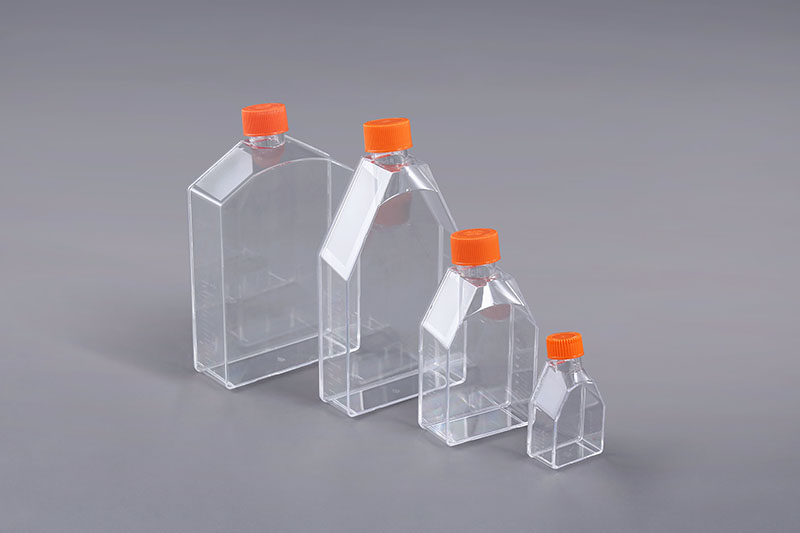Application of cell culture flasks in culturing Sf9 cells
Sf9 cells are Spodoptera frugiperda cells, which are usually used to produce various medicinal proteins and viruses, or for basic research. When culturing sf9 cells, the commonly used cell culture consumables are cell culture flasks.
Sf9 cells are derived from the Insect Pathology Laboratory of the United States Department of Agriculture and are derived from the IPLBSF-21 cell line. The cells are regular with particles and can be cultured in suspension or adherent culture. This cell has a high expression level (especially intracellular proteins), has a faster growth rate, effective protein folding, glycosylation is similar to mammalian cells, and relatively easy enzymatic deglycosylation (for protein structure determination) Favorable), is widely used in the expression of V LPs.
Sf-9 cells are semi-adherent cell lines. In the medium containing 10% fetal calf serum, most of the cells usually grow adherently, and a small part is suspended. Grow in a 27°C cell incubator without CO2. Usually it can be sub-flask for passage when it grows to 80-95% density. Trypsin digestion is not required during passage. By gently pipetting the adherent cells 5-10 times with a 1 mL pipette, the cells can be diluted and passaged after they are not adherent. The common specifications of cell culture flasks include 25cm2, 75cm2, 175cm2, 225cm2, etc. The surface treated with TC is suitable for adherent cell culture, and the surface without TC treatment is suitable for suspension cell culture, which can meet the growth and culture needs of sf9 cells.
When performing cell passaging operations, it is recommended not to shake the cell culture flasks vigorously to avoid cell damage and affect the cell culture process.

评论
发表评论